

Great Cormorant is the most widespread cormorant in the world, occurring in most types of freshwater and marine habitats from the Arctic to the tropics.
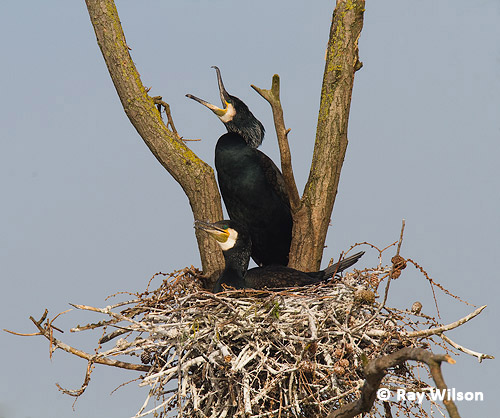
Great Cormorants nest in colonies which can contain up to 5000 nesting pairs, although most colonies are considerably smaller. They build large, sturdy nests that are often reused for several nesting seasons and are constructed either in trees or on the ground. Egg-laying usually takes place in April and incubation commences as soon as the first egg is laid.
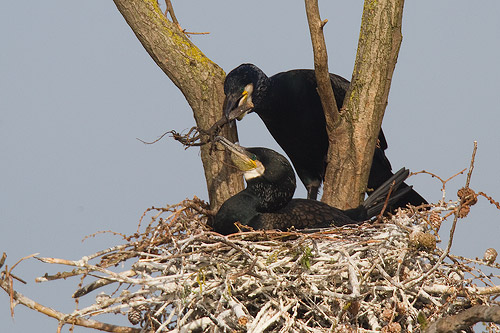
In the photo above, the male is presenting a branch to the female for incorporation into the nest. The giving of such "presents" helps to strengthen the pair-bond.
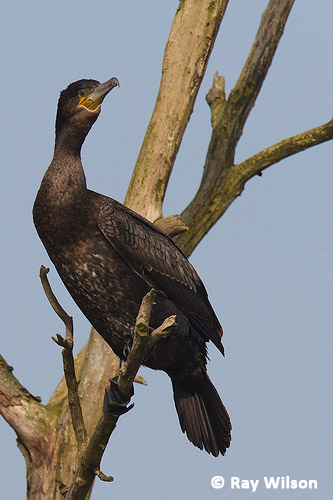
Great Cormorants take 4-5 years to reach sexual maturity, although they may start breeding after 3 years. Third year birds (which the bird above is probably an example of) tend to resemble a dull adult pre-breeding plumage lacking the glossy irridescent black tones of the adult. They also tend to lack the white flank patches and nuptial filoplumes on the head although some may partially display this characteristic.
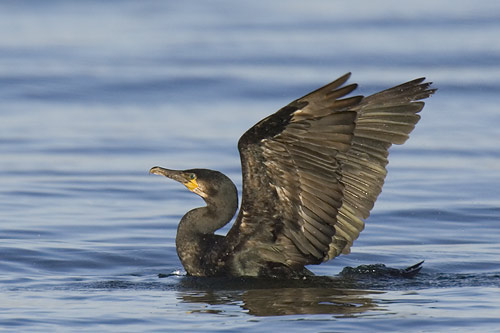
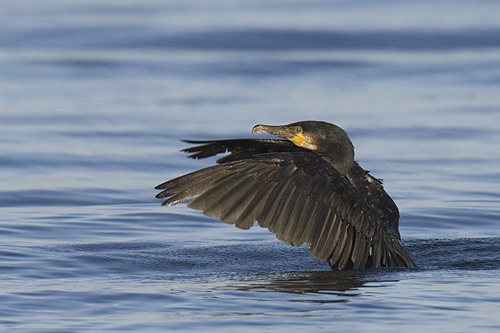
After breeding is complete, adults lose the white filoplumes on their heads, the white flank patch and their overall plumage takes on a less glossy tone.
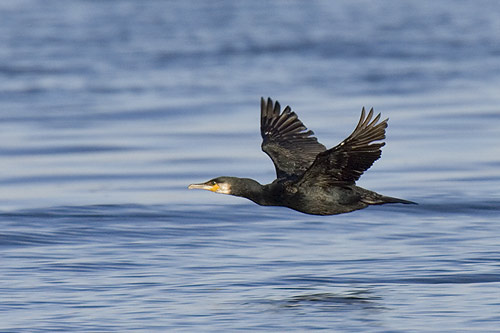
First year immatures (below) are much paler and browner in colour than the adults, especially on the throat and breast.
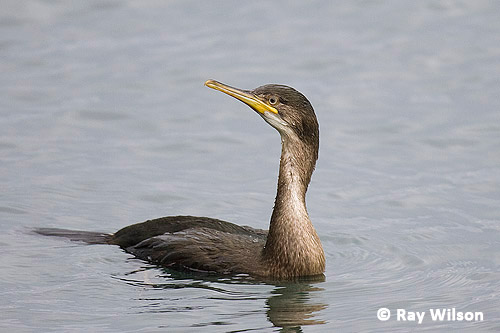
Not only do cormorant's feathers lack the waterproof oils that many waterbirds possess, but they also have a microscopic structure that actually aids waterlogging of the feathers when swimming and diving. This may seem a counter-intuitive adaptation at first glance, but by allowing the feathers to become waterlogged it helps reduce the natural buoyancy of the bird thus facilitating diving and swimming underwater. It does, however, have the disadvantage that the birds have to come to land periodically to dry their feathers out before their vital insulating properties are lost.
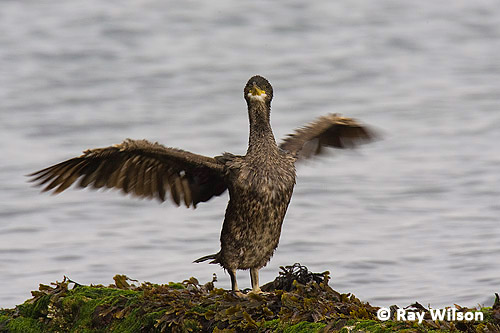
Ray Wilson owns the copyright of all images on this site.
They may not be used or copied in any form without prior written permission.
raywilsonphotography@googlemail.com